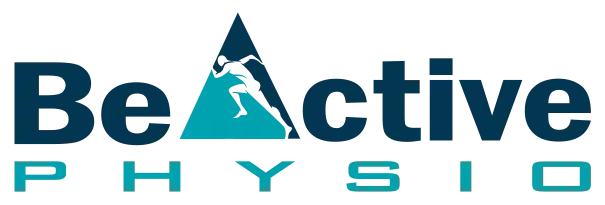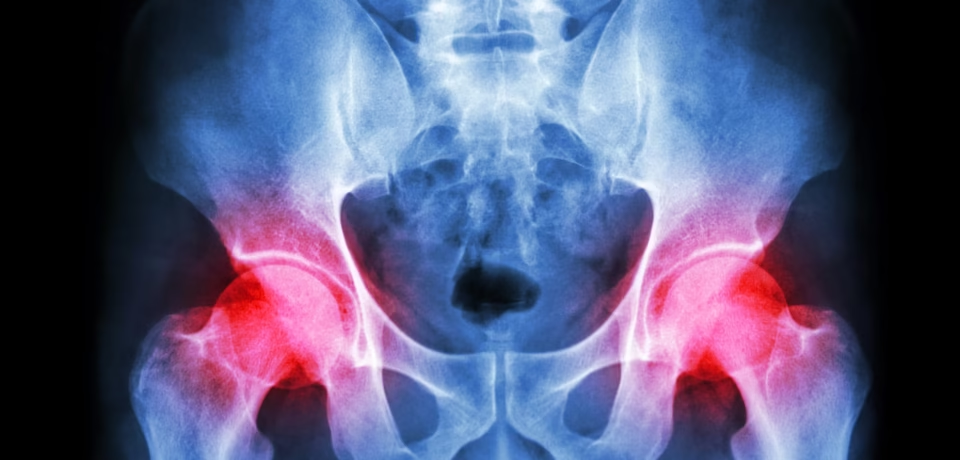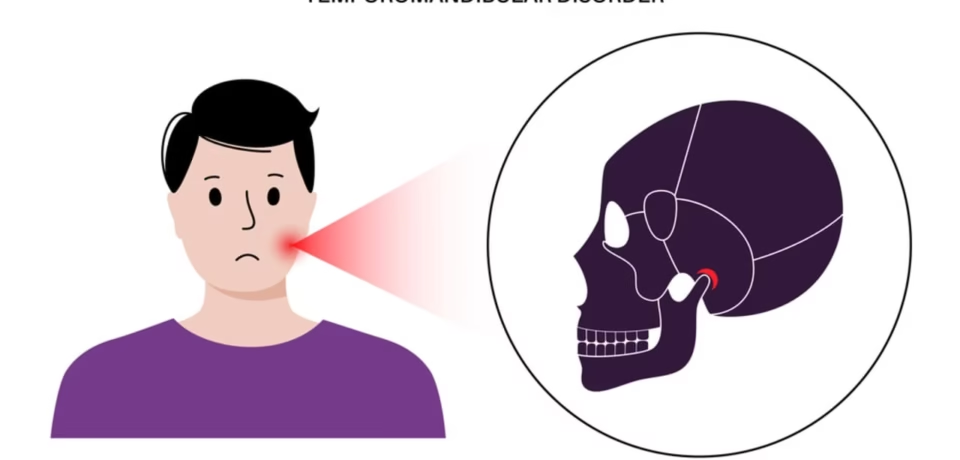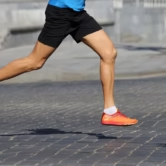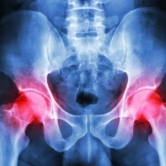Physiotherapy for Vertigo Management: Effective Strategies for Symptom Reduction
Vertigo, a condition characterized by a sensation of spinning or dizziness, can significantly impact an individual’s daily life.This condition frequently arises from underlying issues within the inner ear or brain, resulting in difficulties with balance and stability maintenance. Physiotherapy offers effective solutions for managing vertigo by addressing its root causes…

